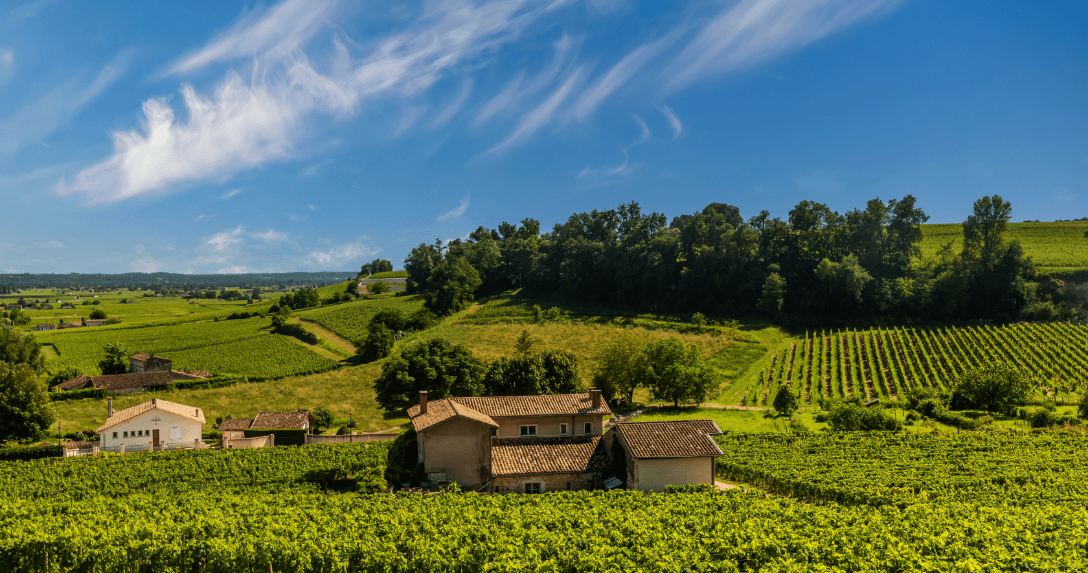Cognac and its history

Cognac and its history
King Francis I, one of the pioneers of the “RENAISSANCE” and protector of artists such as Leonardo Da Vinci, was born in 1494 in the town of Cognac, nestled along the Charente.
Today, its medieval castle is still open for visitors and a statue of Francis I on his horse is in the heart of the town centre.
The story takes us back to the Third Century , when Emperor Probus gave the Gauls residing in the region, the privilege of planting vines and producing wine.
The region then took the name “Vignoble du Poitou” and its production of wine, wheat and the salt trade contributed to its wealth for centuries.
This growth economic growth was accentuated through trade with the English and the Dutch, powerful trading nations, which favored trade during the Middle Ages.
During the 17th century and with the opening of new maritime routes to distant destinations, the Saintonge, offering a dry and fruity wine, faced a serious problem: high temperatures during shipping were damaging the wine.
Winegrowers therefore looked for solutions. One of them was to distill part of the production and, by mixing it with the rest of the wine, they raised the degree of alcohol, thus improving its conservation</ strong>.
The first French “eau-de-vie” was born.
The first traces of traditional Cognac appeared during the 18th century . During the years of crisis, producers were forced to keep their “eaux-de-vie” in barrels until sales resumed. After they had slept in oak barrels, they found that they had taken on a beautiful amber color and had developed aromas and a pleasant taste.
Martell (1715) and Hennessy (1765), citizens of the United Kingdom, set up their business in Cognac and began to sell their products abroad. A new market was born and quickly large quantities of barrels of “eau-de-vie” originating from Cognac flowed from the regional port towards England, Holland, then the rest of the world.
>
In 1824 the “eau-de-vie” produced in Cognac took the official name of COGNAC.
